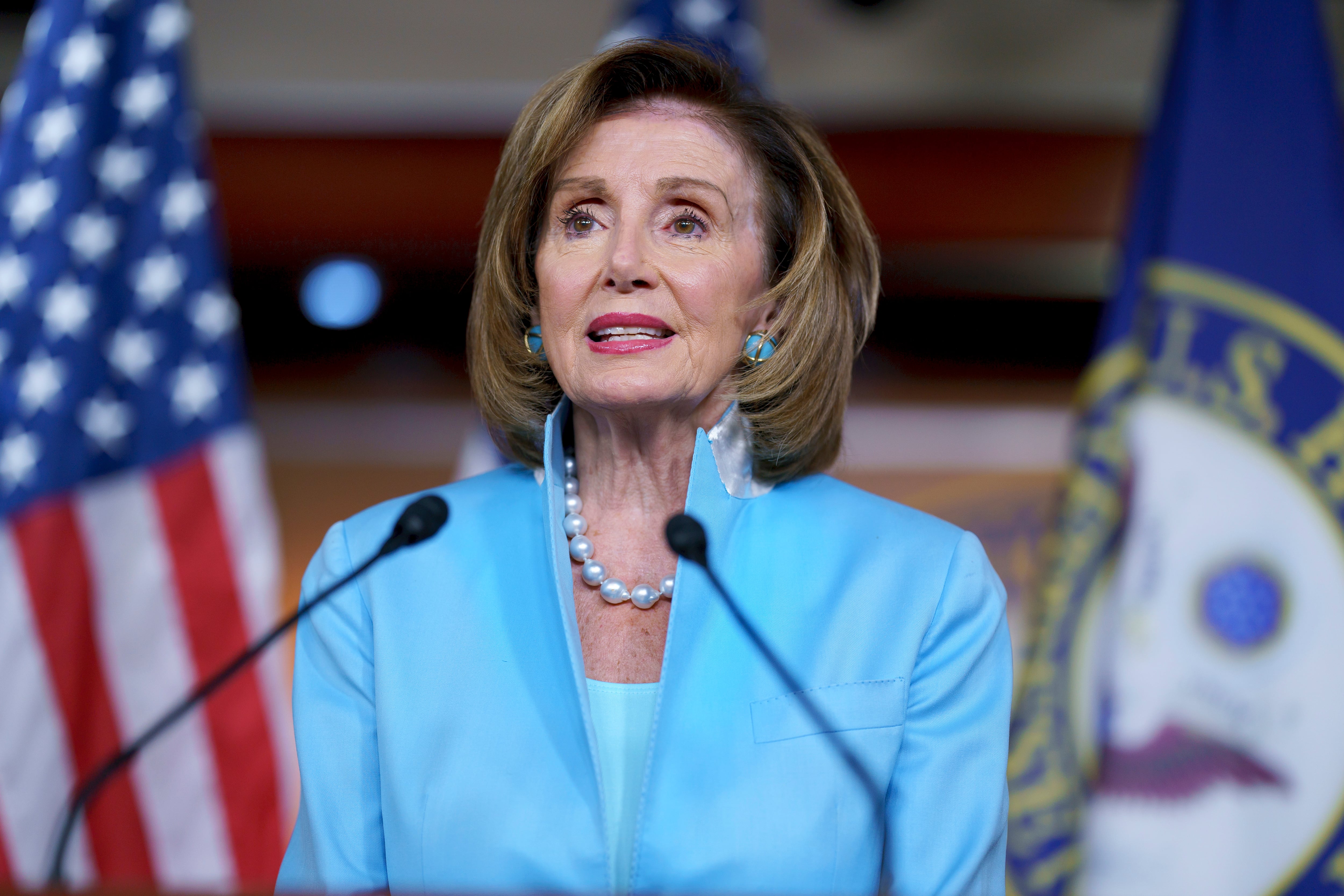Employees working for members or committees of the House of Representatives will have the opportunity to reach higher levels of compensation, with House Speaker Nancy Pelosi announcing Aug. 12 that the maximum annual rate of pay for House staff would be set at $199,300.
“This order will help the Congress recruit and retain the outstanding and diverse talent that we need, as it also helps ensure parity between employees of the House of Representatives and other employees of the federal government,” the California Democrat wrote in a letter to members.
The new caps for House staff would put earning potential in line with members of the Senior Executive Service as well as senior-level, scientific and professional positions. The General Schedule is capped at $172,500, and the Executive Schedule is capped at $221,400. Some few feds do make more than those caps due to special hiring and pay provisions.
According to the Congressional Research Service, the pay maximums of House employees have increased over the past 20 years but not kept pace with inflation. The $140,451 pay cap of 2001 is equal to about $204,258 in 2020 terms. Meanwhile, pay in 2020 was capped at $173,900.
The average pay for many House staff positions also decreased when compared against inflation.
Based on 2020 dollars, office managers and executive assistants make 24.4 and 21.1 percent less, respectively, than they did in 2001. Only legislative correspondents, caseworkers and chiefs of staff have seen relative increases in their pay, and none exceeding 4 percent.
Exact numbers for average pay vary significantly based on position, but staff assistants, legislative correspondents, field representatives and constituent service representatives all made at or below $50,000 on average in 2019.
Many members of congressional staff also work in Washington, D.C., a notoriously expensive city in which to live.
“Many staffers often quickly leave due to the punishing schedule, comparatively low pay, high stakes, and/or public derision. In fact, according to the ‘2019 House Compensation and Diversity Study Report,’ staff in member offices have been in the position for 2.5 years on average while staff in committee and leadership offices average 2.7 years in position,” Bradford Fitch, president and CEO of the Congressional Management Foundation, said at a May 6 hearing before the House Select Committee on the Modernization of Congress.
“A legislative assistant in the House with three years of experience or more could easily increase their pay by 25-50 percent if they move to a trade association or a lobby shop. A Senate chief of staff can triple their salary in a few years after leaving Capitol Hill,” Fitch said.
Pelosi cited the work of that select committee in her decision to increase staff pay caps, noting that it constituted part of Congress’ effort “to make the House more inclusive, open and representative of the full range of voices and values of our communities.”
Jessie Bur covers federal IT and management.





